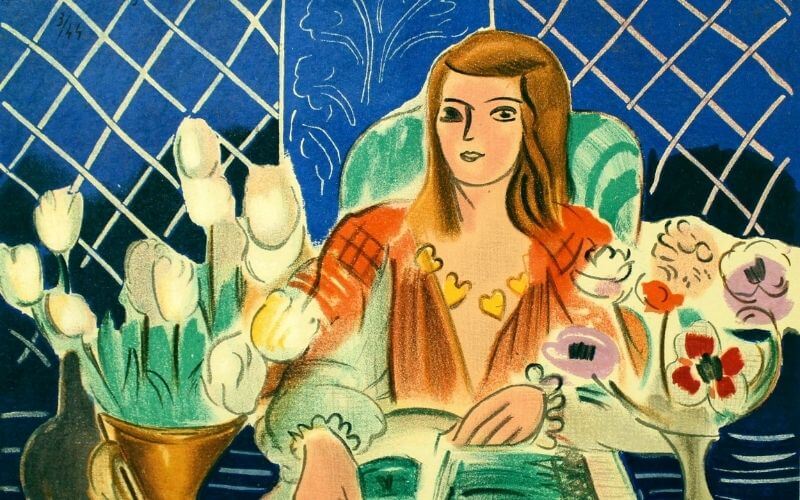Modern art painted the path to deep, raw, and emotional art. It portrayed the beauty in the ordinary and the power in the unfiltered.
What began with simple, visible brush strokes turned into a movement that changed the art industry forever.
This article covers the history and legacy of the modern art movement.
We’ll go over the origins, characteristics, and important movements within the magnificent modern era.
The Origins of Modern Art
The origins of modern art can be traced back all the way to 1863. Several artists from this area were fed up with traditional art methods.
The works these artists created went against the norm of the art industry. They artists were coined “moderns”, although they would later call themselves Impressionists.
However, modern art took a bigger form during the transformative 19th century. The Industrial Revolution was a period of rapid changes that affected how people lived, worked, and traveled.
New production and transportation expanded the world and how people saw it. Cities prospered as people poured in for industrial jobs.
This period of innovation and change paved the way for new and fresh ideas. One of them being the modern art movement.
What Is Modern Art?
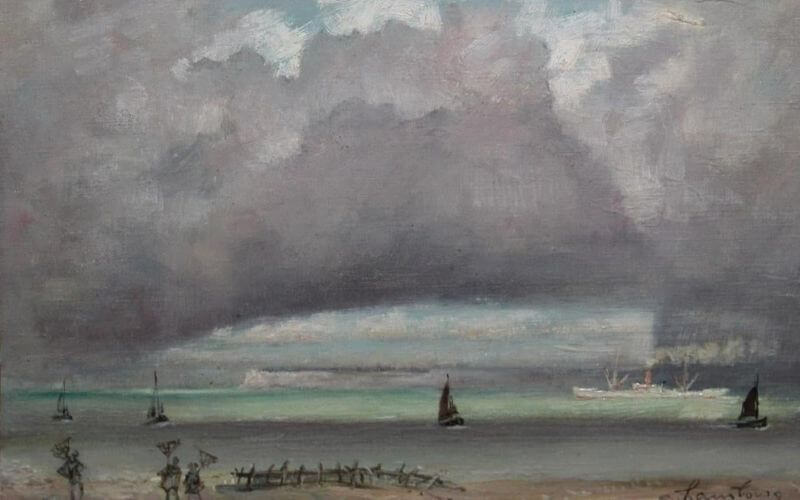
Inlet Scene with Sailboat and Clam Rakers by Andre Hambourg
Many people believe modern art refers to new art created in the current decade. However, there aren’t boundaries of time defining the modern art period.
Traditionally, modern art refers to art created between 1870-1970. But modern art also refers to art that dismisses past traditions to experiment with new ones.
The modern art period brought many new techniques that the industry had never seen before.
It was born through painters like Vincent Van Gogh, Claude Monet, and Paul Cezanne. All of whom created masterpieces that influenced the rest of the modern art period.
Modern Characteristics
A New Type of Art
Prior to the modern art movement, artists chose to paint real life events as they were seen. Artists often chose reality over dreamscapes. Modern art began an era where artists created works based on feelings and emotions.
Instead of seeing a scene and painting it, artists painted how the scene made them feel. With this new art method, artists created raw and emotional works.
But more than just emotional art came out of the movement.
New Materials
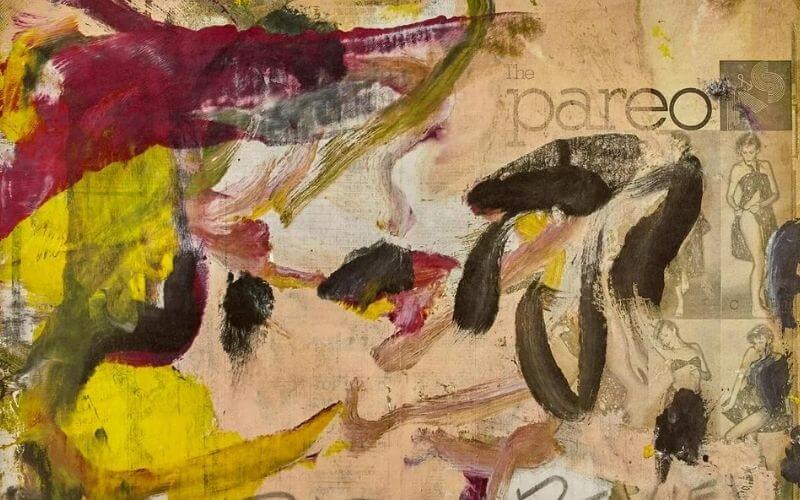
Paris Review by William De Kooning
Modern artists began using new material or muses in their work. They brought the term “junk art” to the canvas.
Artists started using ordinary objects such as clocks, suitcases, and even soup cans as their inspiration. Modern artists saw the beauty in the common and ordinary.
New Techniques
Modern art brought many new techniques that the art industry had never seen before. Collage art, assemblage, and animation art all quickly emerged in exhibits across the world.
Modern artists also used bold and bright colors to express themselves. Both fauvism and expressionism were the first art movements within modern art to exploit color on canvas.
Important Art Movements
Impressionism
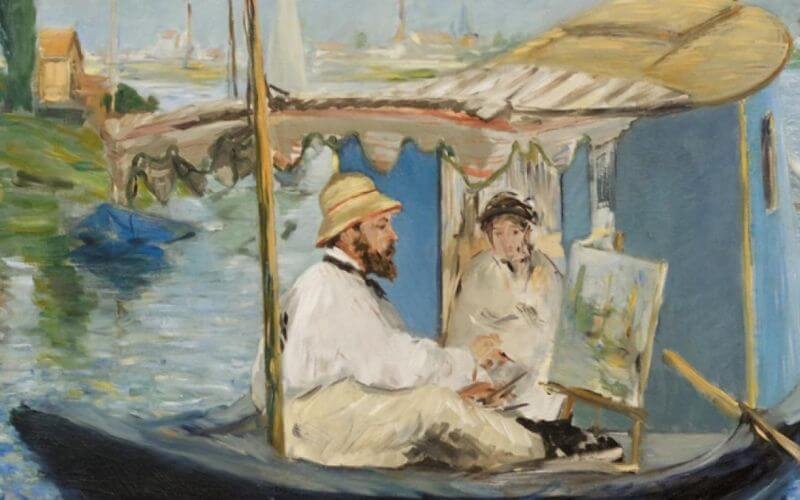
Frieze by Edouard Manet
Impressionism is considered one of the most important art movements within the modern art period. Beginning in the early 19th century, impressionism put an emphasis on light.
The movement started after Claude Monet showcased his Impression, Sunrise in Paris in 1874. Many critics dismissed his work due to its visible paint strokes.
Artists of the Impressionist movement sought to capture the movement of light in their work. Like Monet’s Sunrise, they wanted to create visible, moving brush strokes.
Cubism
Cubism was the first to incorporate geometrical objects and collage on canvas. Popular cubism artists chose to trade single viewpoints for abstract angles.
Artists like Pablo Picasso and George Braque were the first to create works of cubism in the early 20th century.
Expressionism
The subjective perspective took form in the expressionism movement. Artists from this movement believed in distorting reality to depict emotion and expression.
Expressionism paintings were seen as very moody and raw works of art. A leading example for an expressionist painting is The Scream by Edvard Munch.
Surrealism
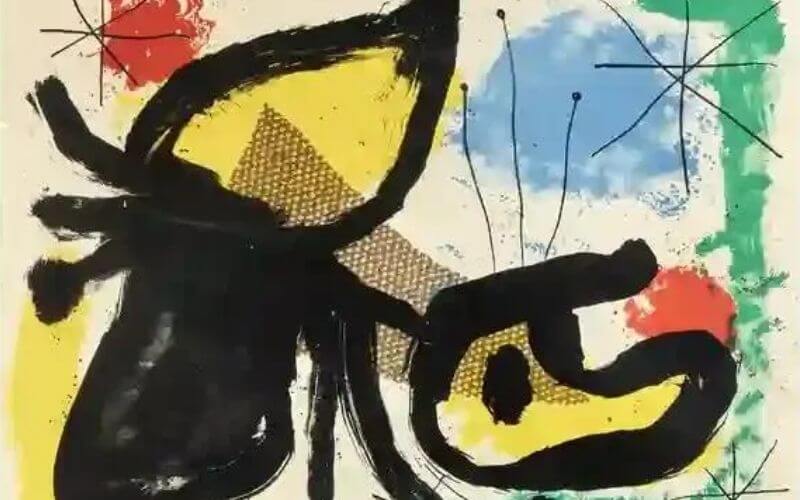
Plate II by Joan Miro
Emerging shortly after World War I, surrealism gave birth to strange, dreamscape scenes on canvas.
Surrealists believed art unites the real world with the fantasy world. Surrealism was heavily inspired by theories of imagination from Sigmund Freud.
Surrealist paintings often depicted distorted realities mixed with ordinary objects.
Pop Art
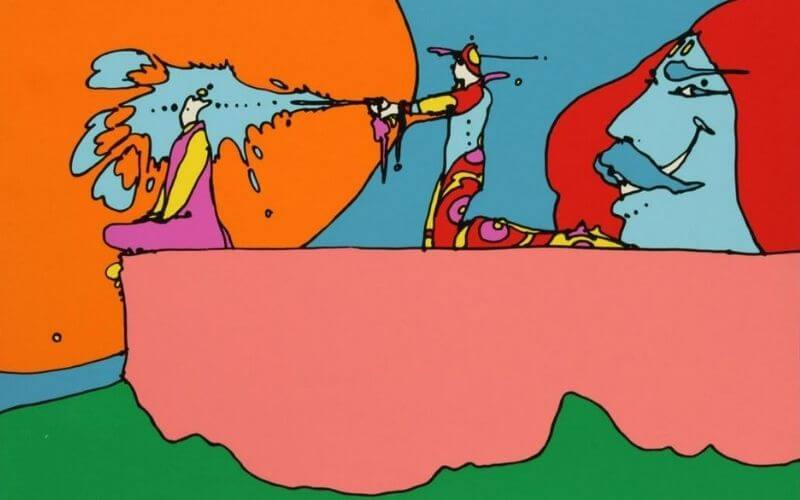
Giving the Light by Peter Max
The pop art movement is considered the last influential art movement of modern art. It wasn’t until the late 1950’s that pop art became known in the United Kingdom and then spread to the United States.
Following in surrealists’ footsteps, pop artists began using ordinary objects in their work. Artists like Andy Warhol incorporated advertising, mass-produced objects, and comic strips into his work.
The pop art movement was heavily inspired by the large spread of consumer culture that would soon bring in another movement of artists.
Modern Art vs Contemporary Art
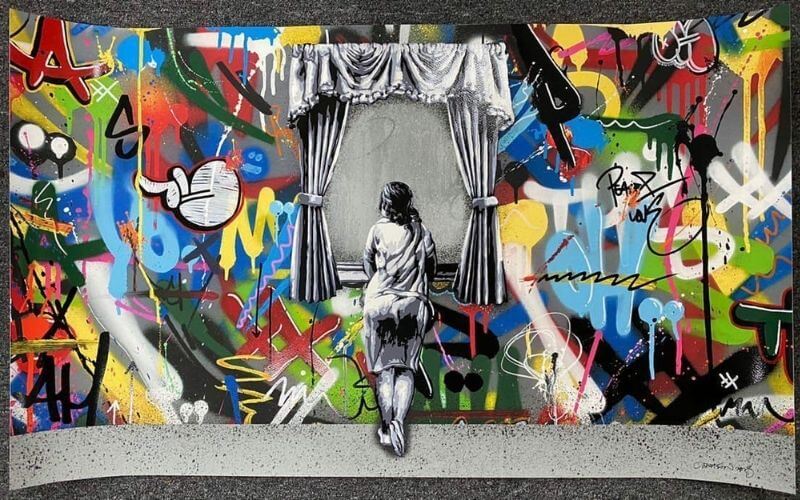
Girl at the Window by Martin Whatson
Modern art was gradually overtaken during the late 1960’s. Art historians credit the end of the modern era to the rise of pop culture. As modern art flamed out, a new movement heated up.
Contemporary art soon took its place with new techniques and perspectives. While modern art focused on the subjective, contemporary art focuses on culture, social and political aspects.
Contemporary art refers to art created in the 21st century or current day. Because of its focus on society, contemporary art reflects the issues that form our world.
Artists like Keith Haring, who brought light to such issues as inequality, sexuality, and AIDS, rang in this new era.
For more information or to purchase modern and contemporary art, contact Dane Fine Art. With over 52,000 works in our inventory, we can help you find the artwork you’ve been looking for.

